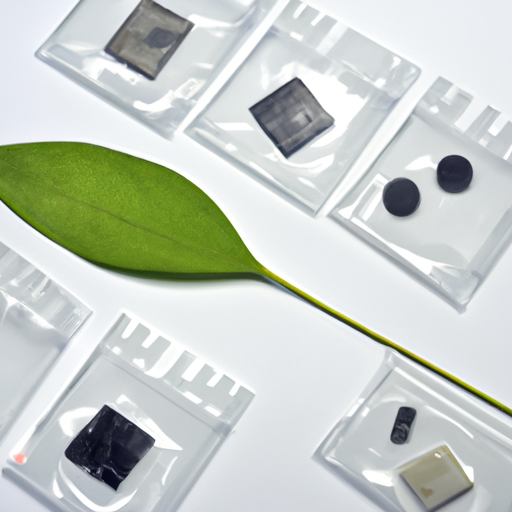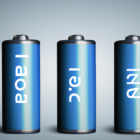In today’s technology-driven world, electronic devices have become an integral part of our daily lives. However, the environmental impact of traditional electronics, particularly concerning electronic waste (e-waste), is a pressing issue that cannot be overlooked. With over 50 million tons of e-waste generated annually, the necessity for biodegradable electronics has never been more urgent.
What are Biodegradable Electronics?
Biodegradable electronics refer to electronic devices made using environmentally friendly materials that can break down naturally after their useful life. Unlike conventional electronics, which can take hundreds of years to decompose, biodegradable materials can return to nature within a short period, reducing pollution and the strain on landfills.
Key Benefits of Biodegradable Electronics
- Reduces Electronic Waste: By using biodegradable materials, we can significantly cut down the amount of e-waste that ends up in landfills.
- Environmentally Friendly Production: The manufacturing of biodegradable components typically uses less energy and generates fewer pollutants compared to traditional electronics.
- Promotes Sustainability: Companies that innovate and invest in sustainable technologies set a precedent for eco-friendly practices in the tech industry.
- Improved End-of-Life Management: Consumers can dispose of biodegradable devices safely, knowing they won’t contribute to long-term environmental harm.
Current Innovations in Biodegradable Electronics
Research and development in the field of biodegradable electronics are rapidly expanding. Some notable innovations include:
- Biodegradable Circuits: Scientists are working on developing circuits from materials such as cellulose and proteins.
- Eco-friendly Packaging: Many tech companies are also focusing on sustainable packaging solutions that complement biodegradable electronics.
- Organic Light Emitting Diodes (OLEDs): These are being produced with organic materials that can decompose, making them a promising futuristic option.
Challenges Ahead
While the advantages of biodegradable electronics are clear, there are challenges that need addressing:
- Ensuring durability during the product’s lifespan while maintaining biodegradability.
- Developing cost-effective manufacturing processes.
- Creating consumer awareness and acceptance of biodegradable devices.
Conclusion
As the demand for gadgets and electronics continues to rise, it’s imperative that we shift towards a more sustainable future. Biodegradable electronics represent a promising solution to the growing problem of electronic waste and an opportunity for innovation within the tech sector. By investing in and supporting these materials and technologies, we can help pave the way for a greener planet.
In the journey towards eco-friendly devices, we can all play a part by choosing sustainable options and advocating for a cleaner environment. It’s time for technology to embrace nature, and biodegradable electronics are our stepping stone.
Stay tuned for more insights into sustainable technologies and green innovations in the tech industry!




